Light fidelity (Li-Fi) technologies are bringing illumination and communication capabilities that will both complement and, in many ways, surpass today’s wireless Wi-Fi systems.
JOHN BLYLER, SCIENCE WRITER
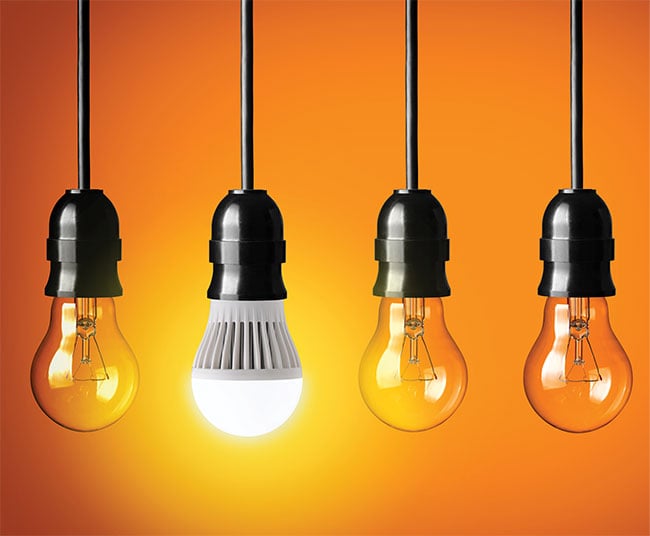
In the late 1800s, Thomas Edison’s
incandescent light bulb glowed for the first time. Within the next decade or so, Guglielmo Marconi’s wireless telegraph ushered in the era of radio frequency
(RF) communication. But it wasn’t until the 1960s, with the advent of semiconducting LEDs, that these two foundational technologies could be effectively combined into one. Today, it is possible to use LEDs to provide illumination as well as to communicate via visible range wireless signals.
Data at the speed of light
Light fidelity, or Li-Fi, is a visible light communication (VLC) system first introduced in 2011 by Harald Haas, a researcher from the University of Edinburgh. The system utilizes LEDs, which emit visible spectrum light with brightness that can be precisely controlled and modulated at very high speeds — so quickly that the light pulses go undetected by the human eye. Thus, users benefit from the seemingly unflickering illumination of Li-Fi-enabled LED light bulbs, while data is simultaneously transmitted at speeds potentially faster than Wi-Fi.
A basic VLC system consists of an intensity-controlled light source and at least one receiver device with a light detector (photodiode) input into a chip that communicates with a PC or a mobile device (Figure 1).
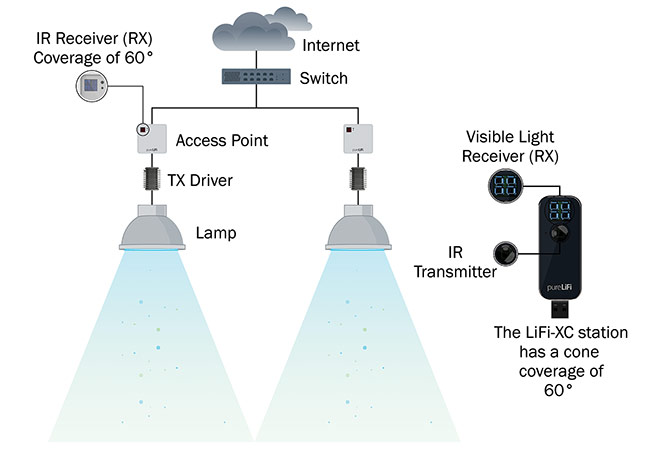
Figure 1. A Li-Fi-enabled LED lamp contains a transmitter (TX) that sends out rapidly changing visible light to a receiver (RX), shown here as a computer dongle (USB connection). A commonly used IR transmitter can send wireless data back from the PC to an IR receiver on an access point connected to the internet or a cloud-based network. Courtesy of pureLiFi.
Li-Fi relies on detecting rapid changes in light intensity and not on the slowly varying levels created by natural sunlight, which is filtered out at the receiver. Thus, ambient light noise that may lessen the intensity of the Li-Fi light is not an issue as long as the modulated light can be
detected by a Li-Fi receiver. Li-Fi illumination can even be dimmed low enough so a room, even though it appears dark, can still transmit data.
The capability to inexpensively connect almost any kind of electronic device to the internet is driving the explosion of the Internet of Things (IoT). In North America alone, the IoT for the consumer electronics market is predicted to increase from $90 billion in 2017 to $180 billion in 2022, attaining a CAGR (compound
annual growth rate) of 12.25 percent,
according to sources at Statista. Meanwhile, the industrial IoT will lead all other IoT adoption by 45 percent, with an additional 22 percent planning to adopt IoT in the next 12 months (2018 to 2019), according to a 2018 Forrester survey.
This increase in the numbers and types of connected devices, combined with
the resulting huge amounts of data they generate, is pushing existing 4G, Wi-Fi, and fiber optic networking technologies
to the limit. It is anticipated that Li-Fi will provide a much-needed solution
by supplying additional bandwidth, high-speed connectivity, and tighter security benefits.
Some early adopters are buying Li-Fi products to deal with Wi-Fi-related connectivity problems. These users benefit from interference-free communication where wireless and even cellular signals struggle. Another group of early adopters — which includes financial, hospital, government, and defense sectors — are seeking greater data security transmission than is possible with Wi-Fi. Consequently, many light and device manufacturers are now integrating Li-Fi into their product offerings in hopes of capturing the early adopter markets, at the same time positioning themselves for the potential rise of mass market consumption.
Practical applications
Li-Fi’s one-to-many design makes it suitable for providing high throughput and content-intensive internet applications
such as audio, video downloads, and live
streaming. It also offers an array of applications. For example, because Li-Fi operates only in the visible light range, potential hackers cannot use Wi-Fi frequency sniffers to eavesdrop on data transmissions. This will be a big help to military and medical users.
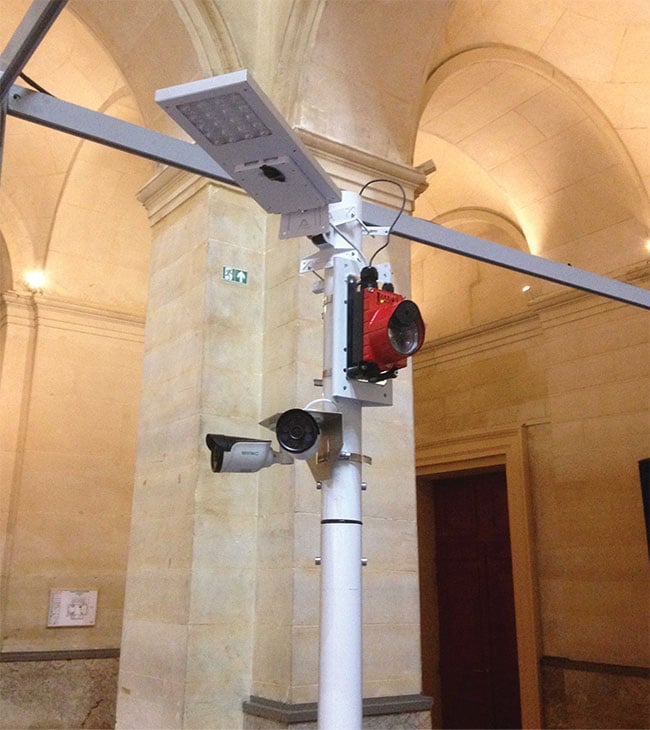
Figure 2. A Li-Fi connection at a recent conference exhibition hall. Courtesy of Firefly.
Other uses include streetlights in smart cities; taillight-to-headlight, vehicle-to-vehicle communication for autonomous cars; augmented reality (AR) and virtual reality (VR) on campuses, in museums, or in exhibit halls (Figure 2); and as a much-needed complement to other wired and wireless connectivity technologies (Figure 3).
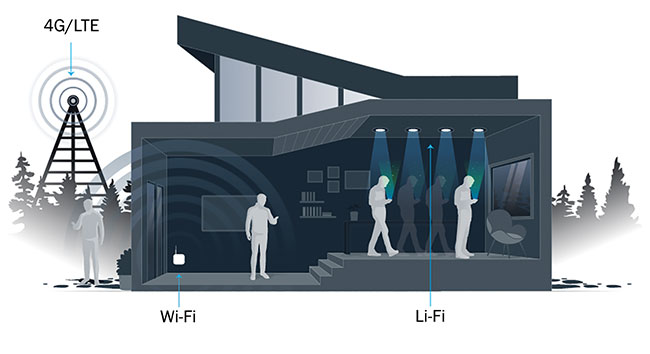
Figure 3. Users access Li-Fi via an LED light bulb in areas where connecting to existing Wi-Fi and cellular communications is difficult. Courtesy of pureLiFi.
One application in which Li-Fi will have a clear advantage is in underwater communication: In seawater, Wi-Fi
microwave signals tend to be absorbed more quickly than visible light.
A complement to Wi-Fi
A question that often arises
is whether Li-Fi can or will
use the same networking
protocols as Wi-Fi.
Li-Fi will not replace Wi-Fi. But because it promises high data-transfer rates, it will extend the high penetration rates of existing Wi-Fi technology, offering connectivity to the end user where Wi-Fi does not function well enough, is not
possible, or is overloaded.
How do Li-Fi and Wi-Fi work together? One example is video streaming versus downloading. Wi-Fi typically works well for streaming but not so well for downloading. Li-Fi can take up this slack because it has the potential to transmit
at speeds an order of magnitude higher than Wi-Fi.
A question that often arises is whether Li-Fi can or will use the same networking protocols as Wi-Fi. Will the standard Wi-Fi layer 2 MAC Ethernet or data link connection be sufficient? In fact, it is expected that protocol convergence will increase as Li-Fi standards progress. Specifically for 5G implementations, services that are switchable between Li-Fi and Wi-Fi will require the same protocols based on the MAC layer.
The fifth generation of cellular mobile communications, 5G, is fast becoming a reality. It promises to move more data, be more responsive (with less latency), and connect more devices than today’s 4G networks. Utilizing its benefits will require greater speed and bandwidth than Wi-Fi can currently provide. This is where Li-Fi can step in, because the visible light spectrum is several orders of magnitude greater than the entire radio frequency spectrum. What’s more, the visible light region is unregulated, and so technology doesn’t need to be licensed in this frequency band. Both of these features make Li-Fi an excellent candidate to complement Wi-Fi systems in future 5G networks.
Preparing for integration
Changes in the wider physical product ecosystem are still needed to bring Li-Fi into the mainstream of connectivity, but standards for the nascent technology are progressing. Significant strides are being made by the International Telecommunication Union (ITU), which is expected to release the first international standard recommendation for Li-Fi systems (ITU G.9991 or G.vlc) by early 20191. The ITU includes telecommunications equipment providers, service providers, and component vendors.
Additionally, the standard followed for Wi-Fi (IEEE 802.11) is being considered as a standard for Li-Fi. Adopting the same standard will enable Li-Fi to be part of the Wi-Fi ecosystem and infrastructure, providing a big boost for its products.
“The task group for standards adoption is being chaired by a pureLiFi representative and supported by individuals from Intel, Broadcom, Huawei, Cisco, Nokia, HPE, Zumtobel, Ushio, Osram, Apple, Sony, Samsung, and others,” notes
Mostafa Afgani, CTO of pureLiFi.
Aside from a standard, it is generally in the best interests of companies to strive for various levels of interoperability throughout the ecosystem and among value chain participants. For example, the entire lighting industry is transitioning from incandescent to newer LED bulbs. According to proponents, this transition will open new revenue streams for that industry, as it evolves from traditional lighting solutions to ones with integrated network-access capabilities. Several such products are available now (Figure 4), while major vendors such as Signify plan to introduce Li-Fi products on a broad scale in 2019, notes Ed Huibers, head of business development at Signify.
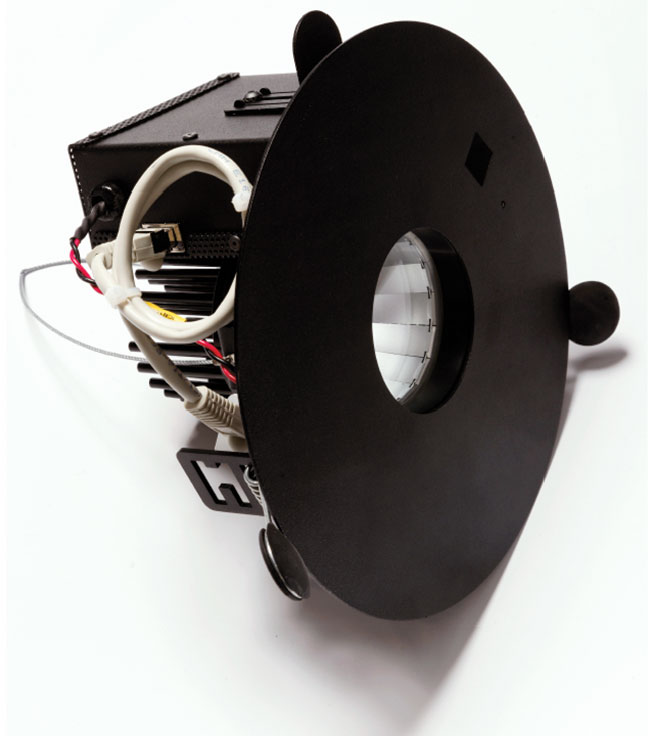
Figure 4. One of the world’s first industrialized Li-Fi solutions was made available to the market in 2016 thanks to partnership with pureLiFi and French lighting company Lucibel. Courtesy of pureLiFi.
Still, even with Li-Fi’s many benefits, mainstream adoption is slow.
“Currently, the manufacturers of LEDs, photodetectors, amplifiers, and processors do not see Li-Fi as a segment generating major revenue or volume but rather as an emerging segment,” says Sunil Kumar Singh, industry analyst at Technavio2.
For now, Li-Fi systems must be based on existing standard components. As the market expands, though, components will be optimized for Li-Fi applications. One example will be Li-Fi LEDs that integrate transceiver components and combine both transmitting and receiving functionalities, notes Heinz Willebrand, CEO at Firefly LiFi.
Other trends on the component side focus on the integration of Li-Fi into mobile phones, tablets, and smart IoT devices. There will also be components tailored for the transportation sector, such as charging and communications systems for automobiles, aircraft, and trains.
Challenges to adoption
The lack of awareness of VLC technologies, along with uncertainties about its implementation and deployment, are perhaps the biggest obstacles that Li-Fi must overcome. Other issues will include the consistency of throughput speed, signal strength based on location, and system cost.
“The concept of a light source delivering bidirectional network transmissions and lighting at the same time is such a new and disruptive development that it will take savvy marketing and business models to motivate early adopters,”
Willebrand noted.
Increased awareness of Li-Fi must be quickly followed by the introduction of competitively priced products. Achieving the latter requires ramping up production with existing products and increasing adherence to agreed-upon standards.
To be successful, Li-Fi must favorably demonstrate the benefit versus cost for each use situation. Such discussions will naturally have to take place in relationship to existing Wi-Fi infrastructure. For example, Li-Fi — which is based on photon emissions — cannot penetrate opaque materials. This limited transmissibility can be a good thing for security but does limit its applications at longer ranges.
In terms of cost, Li-Fi components such as LEDs, emitters, and detectors are relatively inexpensive, whereas the price of Li-Fi-specific modems will depend upon demand-driven volume. Given that the highest volumes are in the consumer space, Li-Fi will need to be integrated fully into devices such as phones and laptops prior to any relevant market acceptance. This won’t happen until the standards are fully defined and chipsets are capable of supporting both Li-Fi and Wi-Fi. Here, 5G may be the game changer.
“5G has the potential to actually benefit from offloading very high data rate bulk transmission to Li-Fi to free up the radio spectrum,” explains Jy Bhardwaj, CTO at Lumileds. “The prediction then is for Li-Fi adoption to increase dramatically when 5G is deployed and the standards are fully defined to allow switching between Wi-Fi and Li-Fi.”
Li-Fi is an emerging technology that will complement existing Wi-Fi infrastructures with potentially higher-speed data rates and throughputs. Products are beginning to reach the market and standards are near completion. Demand for Li-Fi should increase as users become aware of its benefits and as costs decrease thanks to increased volume.
Meet the author
John Blyler has covered the semiconductor and systems engineering worlds for more than two decades. He has co-authored numerous textbooks and teaches at the University of California, Irvine. He has degrees in physics and electronics engineering.
Acknowledgments
The author would like to thank Sunil Kumar Singh, Technavio; Heinz Willebrand, Firefly LiFi; Jy Bhardwaj, Lumileds; Ed Huibers,
Signify LiFi Systems; Mostafa Afgani,
PureLiFi; and Harald Haas, University of Edinburgh.
References
1. ITU G.9991 (or G.vlc) Standard Recommendation: High speed indoor visible light communication transceiver — System architecture, physical layer and data link layer specification, https://www.itu.int/itu-t/workprog/wp_item.aspx?isn=13397.
2. Global Visible Light Communication
Market 2017-2021, https://www.technavio.com/report/global-machine-machine-m2m-and-connected-devices-global-li-fi-market-2016-2020.